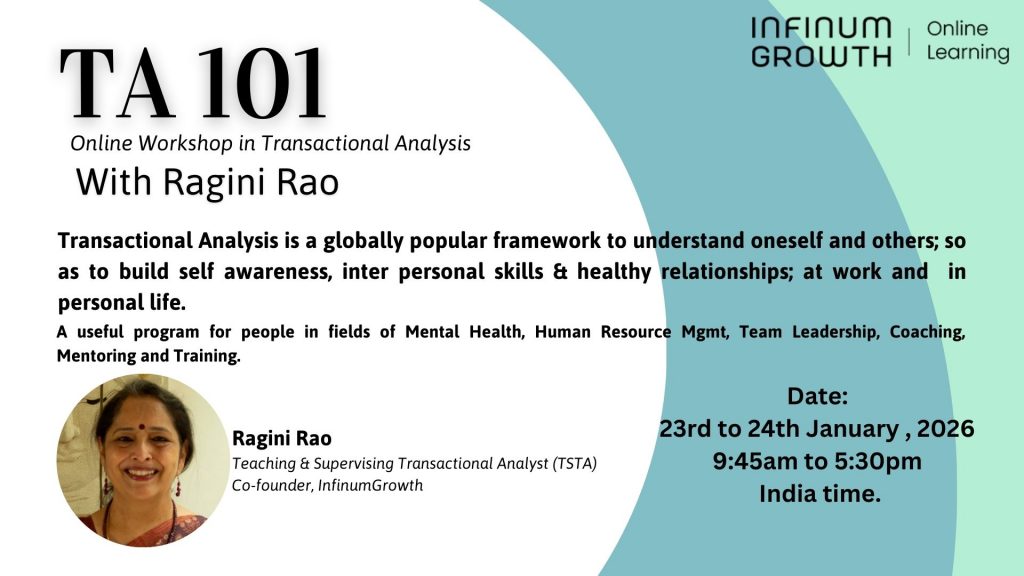Organisations succeed over the long run, through sustained good leadership. What are the traits & abilities that define good leaders? This is hardly a new question and countless answers have been documented. My forty years of work, across three continents, has yielded the following set of eleven:
1.Dealing with Ambition
The best leaders know how to deal with their own ambitions and those of their teams. They know that for aspirations to be widely supported and thereby be sustainable, capability must be half-a-step ahead. Ambitions must increase only as capability increases; if not, individuals begin to exhibit offensive behaviour and the world places obstacles in their path. This trips up many talented people. Focus on capability-building, rather than on the next step in the career ladder, is a distinguishing feature of people who build sustainable leadership.
2.Clear visibility deep into the structure
Almost right down to the elevator-operator and the pantry staff, good leaders know what resources they command, the skill sets that each level requires and how each level contributes to a sustainable bottom-line. This enables them to de-bottleneck where needed, change structures to respond to changing ground realities, be aware of the real contributors who must be rewarded; and the inadequate performers who must move out or be re-assigned. Leaders create forums that enable building this visibility, apart from walking around and engaging meaningfully, across levels.
3.Work-Life balance messaging
Hard work is indeed a very important virtue but some leaders end up communicating that work is life itself. This is an impossible idea to sell; but team-members will seldom express opposition for fear of being labelled “not committed enough.” Good leaders talk about and live work-life balance. People then put in high quality, innovative work that makes a real difference.
4.Wearing worn-out shoes
Leaders make strategy. The quality of their strategy depends not just on intellect; but the experiencing of reality, in all its width and depth. This is not possible sitting in comfortable offices; but by going out and engaging energetically (good leaders have high energy levels) in honest, deep and empathetic conversations; with customers and influencers, in towns big and small; and with employees across all levels on the shop-floor & elsewhere. “Wear your shoes out before you make strategy” is a truism for me; and in my office hangs an evocative picture that is a constant reminder. The reason why many (most?) top notch consulting firms have their million-dollar reports gathering dust, is that brain power is seldom accompanied by “worn-out-shoe power”. Such strategy is likely to have some important element missing.
5.Governance
Leaders set agendas in their responsibility areas and communicate the agenda well. This needs an acute awareness of the needs of the organisation, the parameters that impact performance and the ability to prioritise. Executing the agenda needs, amongst other things, governance structures for focused reviews and tweaking of plans. Conducting effective and disciplined meetings with a regular cadence are an important part of the leadership skill-set. Governance is treated somewhat casually by Indian leaders and presents a significant performance-enhancing opportunity.
6.Generosity
Good leaders are generally generous people. Generous with their time, their counsel; and although this may not be relevant in the professional context, generous with their money. They are intuitively aware that the more you give, the more you get. Mean-spirited leaders cannot motivate teams for long.
7.Envisioning and articulating the outcome
Good leaders have a clear vision of the outcome. They remain focused on this outcome, particularly in difficult times. They articulate their vision well to colleagues, through their strong grasp of concepts & ability to put complex ideas into words.
The introduction to a very useful book that I once read says: “Your boss has a better vocabulary than you. That’s why he is your boss!” Good communication keeps teams engaged and motivated. The leader’s vision and words help to answer the most frequently unasked question: “Why are we doing this?”
8.Perseverance
Exceptional results do not come quickly. There are ups and downs; and good leaders ride the downs with fortitude. In such times, they “keep walking” patiently, often with a smile.
9.Reliability / Trust
The smallest commitments matter. When leaders say they will drop by for a cup of tea at 4 pm, they do. They do not say “I will try and make it to your son’s wedding. They say, “I will come” or, “I am sorry, I would like to come but have another commitment.”
Reliability creates Trust. In India, we have a problem in this area. “Yes” does not always mean “Yes”. As a consequence, over time, everything that is said tends to get discounted. Worse, the team soon adopts the leader’s loose standards and brings performance down, while creating needless stress.
10.Authenticity/ Intellectual Integrity
Good leaders must be true to themselves and to the task at hand. Leaders who wear masks get caught out, sooner rather than later; and lose their credibility. They can then rely only on position-power to lead – which is not leadership at all.
11.Not over-staying their welcome
Over time, effective leaders pass their strengths on to their organisation. Once this is substantially done, effective leaders – because they are effective – begin to pass on their weaknesses!
For this reason, senior leaders limit their tenures in a role. Four to five years is about the right time. This could be shorter when a very quick turn-around is needed. And longer when individuals have the capability – only a few do – to re-invent themselves through the different phases in an organisation’s life. There is good reason why the term of the President of the United States is limited to two four-year shots.
My experience has been that leaders who demonstrate these traits enable their teams to achieve difficult or ‘impossible” goals even as team-members experience a sense of fulfilment, joy, learning and growth.
Please do leave your comments at the bottom and do share with others if you like this article.
















Nice article Mr.Shashi Maudgal. All the 11 points are articulated well !
Article is very nice. Amoung all I liked the wearing worn out shoes trait. I sincerely feel this is one factor missing in many leaders. Nicely articulated.
Dear Mr.Maudgal, Nice Article. I have seen you actually demonstrating most of these traits during your tenure with us at Arvind. Thanks for the Article.